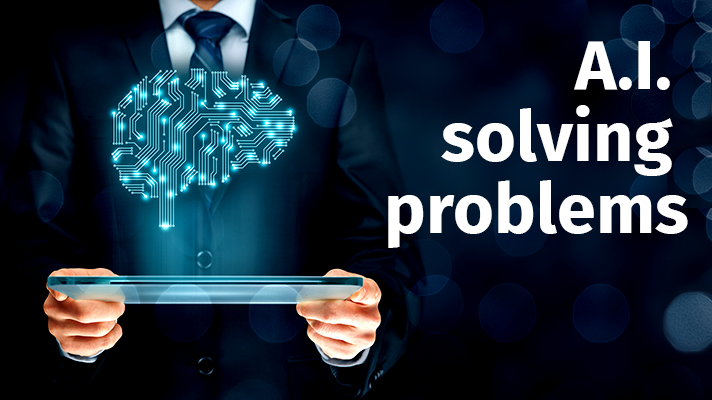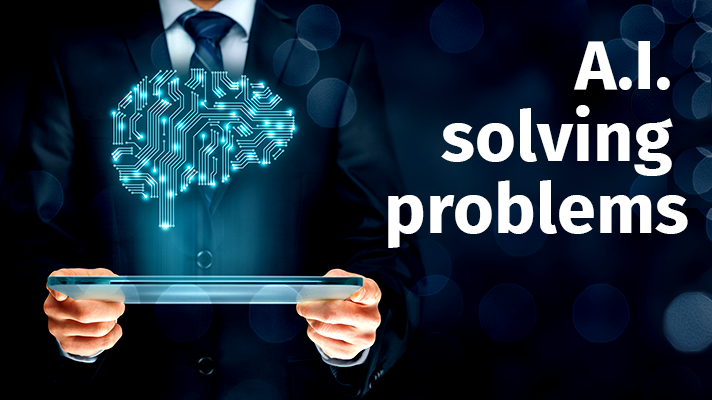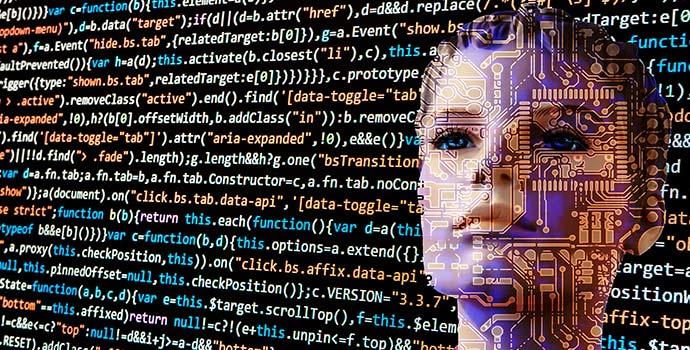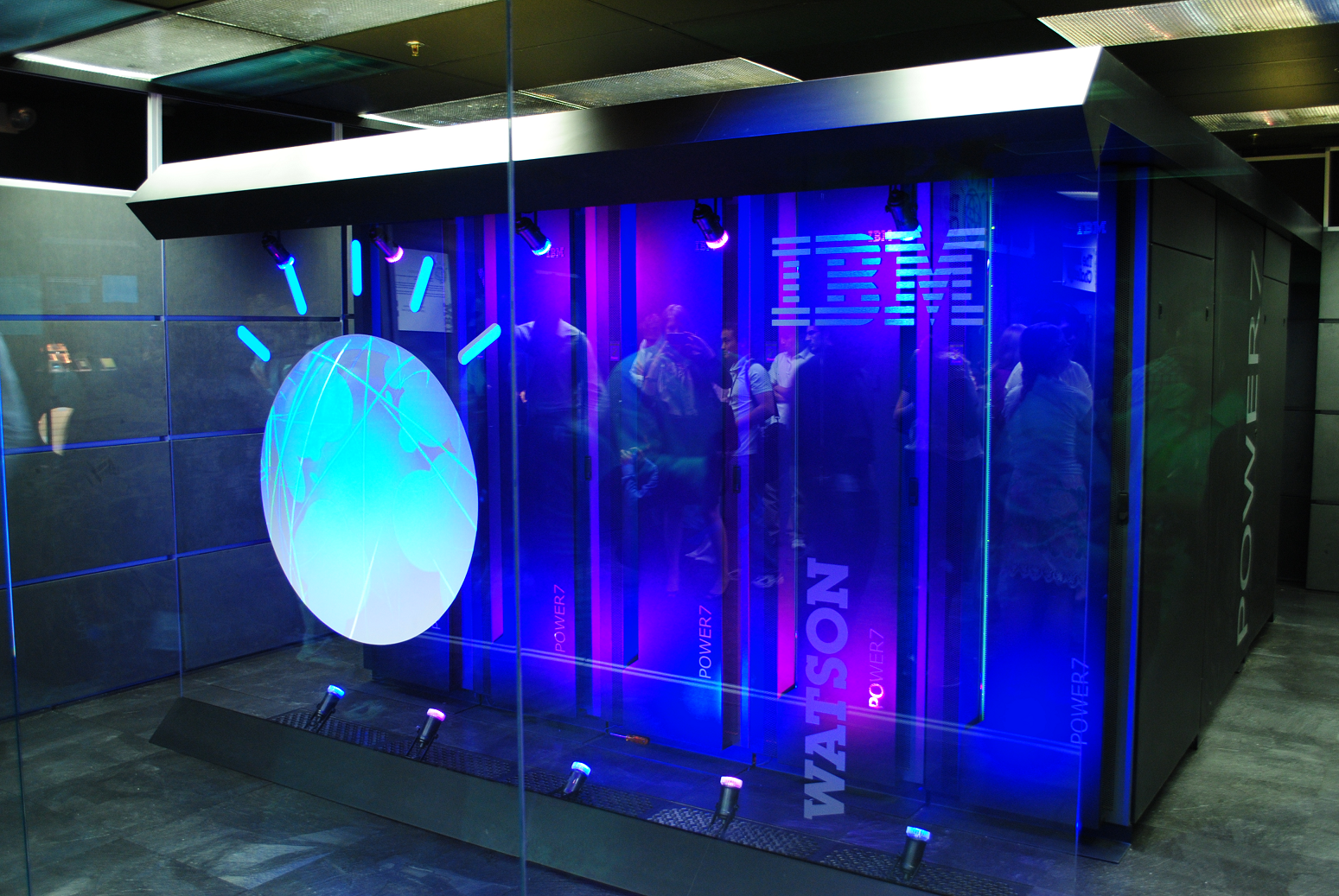AI applications that are influencing our everyday lives
In today’s time, human civilization has become technology-driven. Without technological gadgets around us, we are all dead fish in a pond. The world...
4 min read
Anurag : Oct 8, 2018 12:00:00 AM


AT – Assistive Technology is the news for over a decade. Many companies and individuals have introduced this world with some mind blowing and life changing alternatives which can be technological gadgets or equipment. The main aim of such advancement is to make a living much faster and simpler. In addition to this, it has made the life of disabled individual easier. Even on small scale, there are several small types of equipment that are widely used such as voice operators, visually controlled monitors, smart watches and so on.
Now, in the ever-changing world, there are so many advancements in technology that is done almost every day. In such a scenario, assistive technology is not far behind since it is adapting Artificial Intelligence in the environment of homes and offices making life friendlier and tranquil.
If we take the most popular application of AI in today’s time then it is without a doubt Robots. They are used in various sectors or by individuals to overcome different spectrum of disability, especially for the people who live alone. The one that is used by people at home are known as home robots and are customized in nature. One can customize them as per the disability or requirement of an individual. In simple words, this customization is entire to make sure that AI and human are in well-synchronization with each other.
It is just an example of using AI in the assistive technology that is making the life of human much better. These home robots can perform basic tasks such as making emergency calls when a medical situation arises, keeping track on appointment and medications, and also alerting individual about important dates. In addition to this, there are many advanced forms of robots that can easily control electronic equipment at home.
Apart from the robot - A Helping Hand - that works for a disabled person, there are several other astonishing examples of this technology all thanks to artificial intelligence, material engineering and robotics. Here are few of the most advanced form of uses of Assistive Technology.
If we talk in the terms of difficulties in sight then there are a number of alternatives used such as contact lenses and glasses. They help in working with converging and diverging of light rays to make sure that the focus of the eye's ability is reinstated. However, in the era where smartphones and self-driven cars are taking over, we can do much better than that.
As a result, we are here with smarter glasses that are developed by the team of University of Oxford, UK, including neuroscientists and computer vision scientist. They have built up an augmented reality glass that focuses on a specific part of sight. This has increased the contrast of the image and has highlighted their features with the help of AR. This project will be on the market in the coming year and Google is helping with the research work while investing $658,000 grants on it.
We are well-aware of hearing devices that are between us for a few years now. Now, you can simply imagine a device where it will not only help you to hear noises but will be able to tune into waves of the brain to see what actually want to listen. Well, it is no longer a part of your imagination as now Columbia University School of Engineering and Applied Science Researchers have made it a reality, or they are trying to.
The device can track your brain waves and read the activities of the brain that can determine the voice a person is more willing to hear too. This is best in a case when multiple people are talking at once and people got confused. The team is currently trying to come up with the ways to improve such a device. So, now you have a glimpse of hearing aid future.
Parkinson’s disease is a term used for the neurodegenerative brain disorder in which the person suffers due to losing of balance or falling along with a number of other symptoms. The researchers of the University of Houston are currently in which they have come up with a smartphone application that helps in the countering the effect with the help of biofeedback rehabilitation wearable.
They use a belt that is made up of vibrating actuators that can easily map out the real-time movement of a user. The data collected will help in guiding the patient with exercises that help in boosting confidence and improving the stability of a posture on daily basis. This can be extremely helpful until scientist can come up with the cure by reprogramming brain cells.
While talking about physical disabilities, there are so many daunting things in it then we can assume such as trapped in own body with an active mind but no capability to speak or move, even communicating physically is pressurizing. On top of that, locked-in syndrome doesn’t have any cure. However, technology has some tricks down their sleeves that depends on brain-computer interface technology. With the help of such technology, one can easily respond to question in a no or a yes with only thoughts. The machine is made up of some smart learning tools and electrodes that can give an accuracy of over 80 per cent.
For a deaf person, sign language is the main mode of communication with other. However, as a matter of fact, everyone is not good with sign language. Majority of people don’t even know what half of the sign actually means and it is not only in a single country but globally. However, technology is trying to help in such cases as well.
The companies are coming up with a device that can convert the sign language into text or voice to make it understood by other people. These devices will comprise of a 3D camera that will help in tracking movement of body and hands of signer while they try to sign off the sentences. In the matter of accuracy, it is 98 percent accurate with the beta version already in the market.
Assistive technology is trying to alter the life at personal and professional level. A deaf will be able to hear in advancement form, a blind can see and even paralyzed person can walk. These are just a few of the things that can be managed up with the help of AT. With the innovative ideas and implementation of AI, we can possibly take it to a whole new level for disabled people. The solutions are remarkably under budget and work as a great alternative to traditional ideas. Now, researchers just have to work on the application of AT in a much-advanced form that can help the global world.
Need an AI application? Get in touch or fill the form here.

In today’s time, human civilization has become technology-driven. Without technological gadgets around us, we are all dead fish in a pond. The world...

We have always tried to make computers faster and smarter than the previously were. From tabulation in the 1900s to programmatic computing in 1950s...

There is no doubt that Artificial Intelligence has made life more convenient over the past couple of years. Technology and innovation are making...